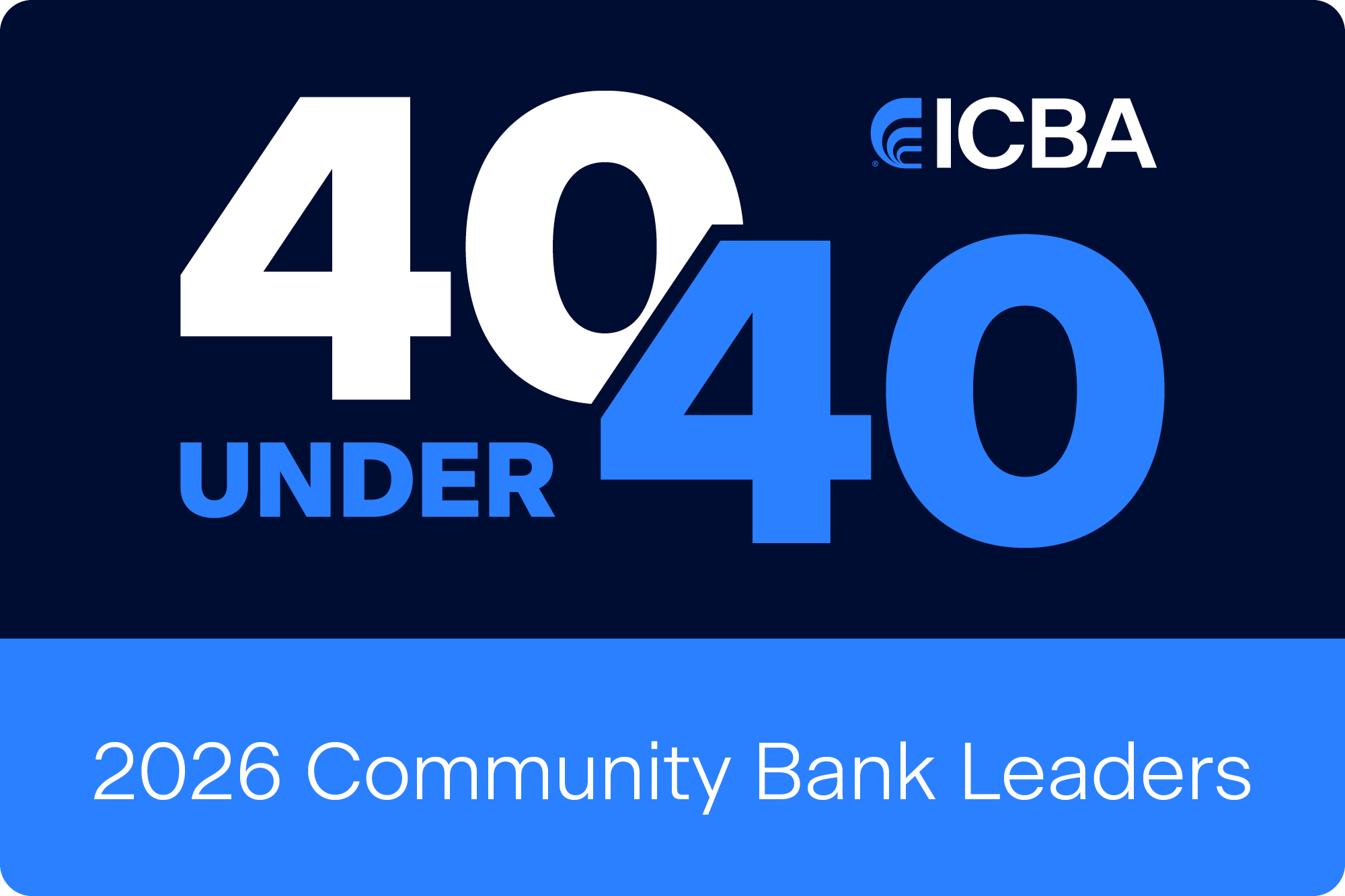We live in unprecedented times, filled with new challenges and opportunities for small businesses. Fortunately, community banks have greater access than ever before to advanced solutions and technologies to meet those needs.
Charles Potts: Growing small business banking
April 01, 2022 / By Charles Potts
We live in unprecedented times, filled with new challenges and opportunities for small businesses. Fortunately, community banks have greater access than ever before to advanced solutions and technologies to meet those needs.
Small businesses are the backbone of the U.S. economy, accounting for 99% of companies with paid employees and 65% of net job creation from 2000 to 2017, according to the Small Business Administration (SBA).
Small businesses also lead the way in innovation. As small business operators and innovators themselves, community bankers have the gumption and vision to deliver the high-tech, high-touch services their customers want, and need, to succeed. Not only did community banks step up as outsized Paycheck Protection Program lenders during the height of the pandemic, but they continue to leverage technology to meet small businesses’ need and desire for frictionless, digital solutions.
For those not as far in their innovation journey, I often suggest starting with an inventory of your existing solution providers, partnerships, tools and capabilities, which will serve as a baseline assessment. Next, consider your bank’s critical strategy, that three-to-five-year plan that details your business goals and objectives. From there, conduct a gap analysis, working your way down to the top of the priority list, identifying tactical next steps.
Finding opportunities
Staying attuned to small business customers’ strategic plans is also critical to identifying gaps in your business solution offerings. Knowing where businesses are headed can help you offer products and services to support their business growth as well.
In addition, an obvious need for most small businesses is payments. Consider ways to help your customer improve its cash flow and expand its payment options. Look at ways to facilitate payables and receivables transactions. These are natural next steps for community banks interested in extending their services beyond business loans and lines of credit.
Consider, too, the lifecycle evolution for the businesses you serve. The natural evolution of a growing economy for many small businesses often surfaces in their staffing needs. If a small business has five employees, it will likely use Excel or Quicken for its payroll needs. But once the number of employees nears 50, payroll becomes more complex, creating an opportunity for community banks to play an advisory role in helping them identify how, when and where their businesses need to grow and then offering additional services and products to meet their needs.
Say you’re considering adding a digital account opening solution to your small business offerings. Looking to ICBA’s Preferred Service Provider Directory and the ThinkTECH Network Solutions Directory to meet the evolving needs of small businesses are logical next steps.
And of course, communing with community bank colleagues, at events like ICBA LIVE or through Community Banker University’s extensive educational resources, is helpful. ICBA’s member relationship officers can also help you make critical connections with community bankers in similar circumstances willing to share experiences and lessons learned.
We live in unprecedented times, filled with new challenges and opportunities. Fortunately, community banks have greater access than ever before to advanced solutions and technologies to meet those needs. The resources, partnerships and providers available to community banks through ICBA can help community banks compete with the largest and most technologically advanced banks and fintechs on the planet today.
Make the most of the opportunity.
Subscribe now
Sign up for the Independent Banker newsletter to receive twice-monthly emails about new issues and must-read content you might have missed.
Sponsored Content
Featured Webinars
Join ICBA Community
Interested in discussing this and other topics? Network with and learn from your peers with the app designed for community bankers.
Subscribe Today
Sign up for Independent Banker eNews to receive twice-monthly emails that alert you when a new issue drops and highlight must-read content you might have missed.
News Watch Today

Join the Conversation with ICBA Community
ICBA Community is an online platform led by community bankers to foster connections, collaborations, and discussions on industry news, best practices, and regulations, while promoting networking, mentorship, and member feedback to guide future initiatives.













